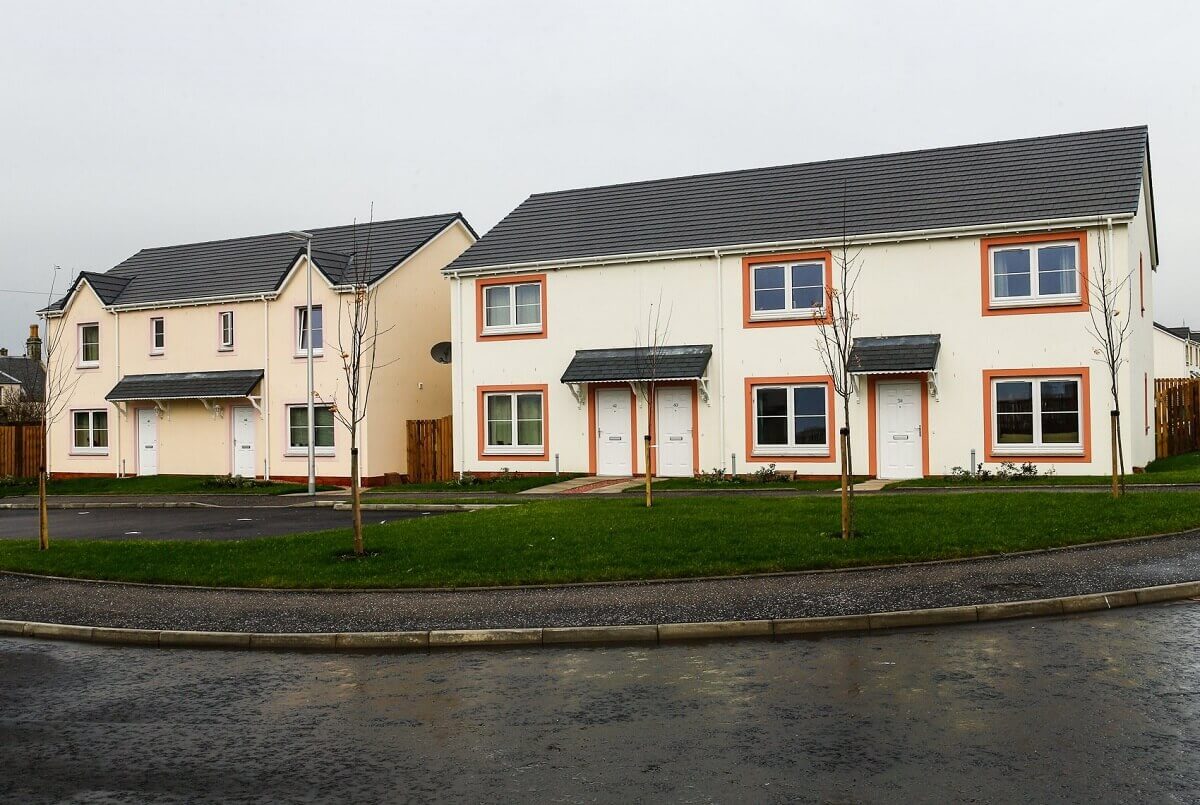Some cookies used are essential to providing a service, while others help us improve your experience and provide us with insights into how the site is being used.
For more detailed information about the cookies we use, see our Cookies page.
Necessary cookies enable core functionality such as security, network management, and accessibility. You may disable these by changing your browser settings, but this may affect how the website functions.
We'd like to set Google Analytics cookies to help us to improve our website by collecting and reporting information on how you use it. The cookies collect information in a way that does not directly identify anyone. For more information on how these cookies work, please see our 'Cookies page'.
We'd like to allow Social Media cookies to provide a richer experience. These cookies will allow us the ability to list Fife Council tweets and Facebook posts, Google maps, audio clips & Videos on some of our pages. Our videos use Youtube's privacy-enhanced mode.
These cookies allow us to show relevant adverts to the content you are viewing. They also provide the ability to deliver targeted online advertising across other platforms like Facebook, Google, Instagram and the Quantcast network.
Fife Council’s Empty Homes Service has been working since 2014 to return long-term empty properties to use, helping to increase housing supply, improve neighbourhoods, and support the Council’s response to the housing emergency. With a dedicated team of two officers, the service provides advice and assistance to owners and communities, aiming to turn vacant properties into homes once again.
The work is underpinned by the Empty Homes Strategy 2024–2029, which sets out clear actions to reduce the number of empty homes and support wider goals such as placemaking, climate action, and homelessness prevention. The strategy aligns closely with the Plan for Fife, contributing to ambitions around affordable housing, community safety, and reducing poverty.
In 2024/25, 66 homes were brought back into use, exceeding the annual target of 45. Of these, 35 were acquired by the Council and are now providing secure tenancies for people experiencing homelessness or living in unsuitable accommodation.
The benefits of this work go beyond housing. Returning empty homes to use improves the appearance of neighbourhoods, reduces anti-social behaviour, and helps residents feel safer and more connected to their communities. It also supports the local housing market by restoring confidence and attracting new buyers.
The service is built on strong collaboration, involving internal teams such as Housing, Council Tax, Homelessness, and Protective Services, as well as external partners like the Scottish Empty Homes Partnership and the Scottish Government.
Looking ahead, the Council is exploring additional funding to expand the team and scale up activity. The strategy’s action plan includes improving the Empty Homes Register, increasing public engagement, and targeting properties in disrepair. Progress is monitored through the Private Sector Housing Improvement Group and the Local Housing Strategy Implementation Group.
